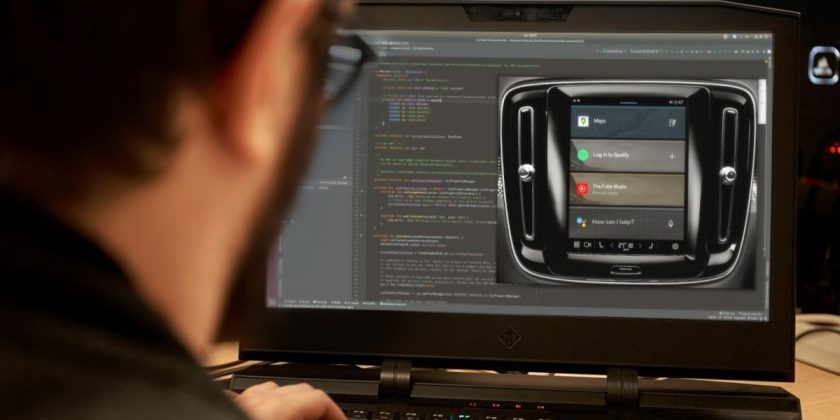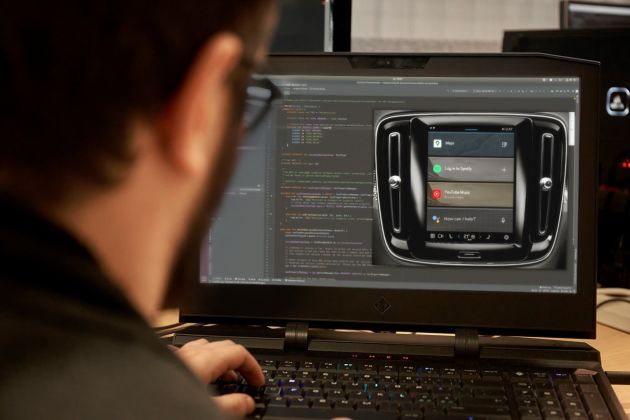Downloading and using applications are a big part of the smartphone experience, and with Volvo already adopting Android as an operating system in its cars, it was only a matter of time before that experience would be ported over to the automotive world. The Swedish carmaker has launched an Innovation Portal to help third-party developers create apps for its vehicles, enabling increased functionality and personalisation.
The portal provides free resources and tools for the budding app maker, including an emulator for the Android Automotive Operating System and its associated Google apps. This enables users to recreate Volvo’s interface on their own computers, making it easier for them to design, develop, test and publish apps directly to the car’s Google Play store.
Volvo is also making its Extended Vehicle API (Application Programming Interface) available for free to the public for the first time, enabling access to the car’s dashboard data such as charge and fuel levels and distance travelled. This allows developers and other third parties to build and provide new services, with the company set to provide additional data and sources later on.
Other resources include a lidar dataset released in collaboration with Luminar and Duke University. It’s created using Luminar’s lidar sensors, which use lasers to scan for objects up to 250 metres away from the car. This dataset can help researchers improve long-range obstacle detection algorithms, which are crucial in developing safe autonomous driving capabilities on highways and in urban areas.
Last but not least is a high-fidelity three-dimensional model of an XC40 Recharge – the first Volvo model to utilise the Android Automotive OS – developed in partnership with the video game engine developer Unity. Together with the supplied 3D environment, the model is suitable for visualisation and virtual reality applications, cinematic experiences and car configurators. These resources will also be offered on Unity’s developer hub, which also provides tutorials on how to use the template.
Volvo says that the Innovation Portal will grow continuously over time, with the anticipated addition of a fully-featured 3D model coming over the next few months. This model will feature digital replications of the car’s physical sensors, allowing users to test sensor data for research and education purposes; developers will also be able to use the model to build new functions and services.
Source: Read Full Article


